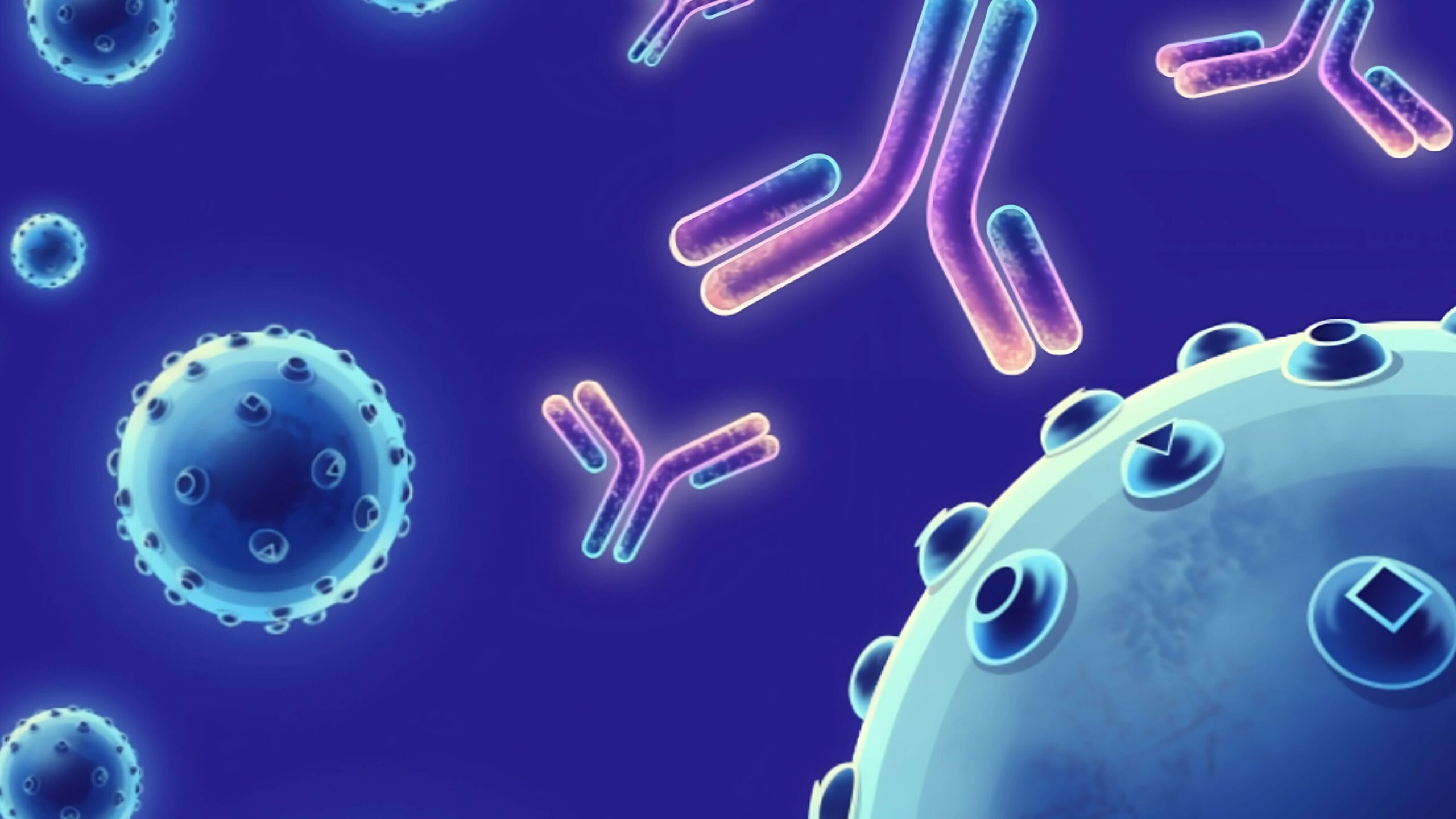Description
Escherichia coli contains two major aconitases (Acns), AcnA and AcnB. They are distantly related monomeric Fe-S proteins that contain different arrangements of four structural domains. acnA is specifically subject to SoxRS-mediated activation, whereas acnB encodes the major aconitase that is synthesized earlier in the growth cycle than AcnA. It is concluded that AcnB is the major citric acid cycle enzyme. Aconitate hydratase 2 (acnB) catalyzes the isomerization of citrate to isocitrate via cis-aconitate as well as the dehydration of 2-methylisocitrate to cis-2-methylaconitate, thus it functions as the major citric-acid-cycle enzyme during exponential growth. Escherichia coli acnB serves as either an enzymic catalyst or a mRNA-binding post-transcriptional regulator, depending on the status of its iron sulfur cluster. AcnB represents a large, distinct group of Gram-negative bacterial aconitases that have an altered domain organization relative to mitochondrial aconitase and other aconitases.
Target
acnB
Target Alias Names
yacI, yacJ
Isotype/Mimetic
Rabbit IgG
Animal-Derived Biomaterials Used
No
Sequence Available
No
Original Discovery Method
Phage display technology
Antibody/Binder Origins
Animal-dependent discovery (in vitro display, OR immunisation pre-2020), In vitro recombinant expression

